How to Grow Spider Plant Outdoors: A Comprehensive Guide
Spider plants, also known as Chlorophytum comosum, are popular houseplants known for their long, slender leaves and ability to purify the air. While spider plants are typically grown indoors, they can also thrive in an outdoor environment with the right conditions. In this article, we’ll provide a comprehensive guide on how to grow spider plants outdoors.
Choosing the Right Location
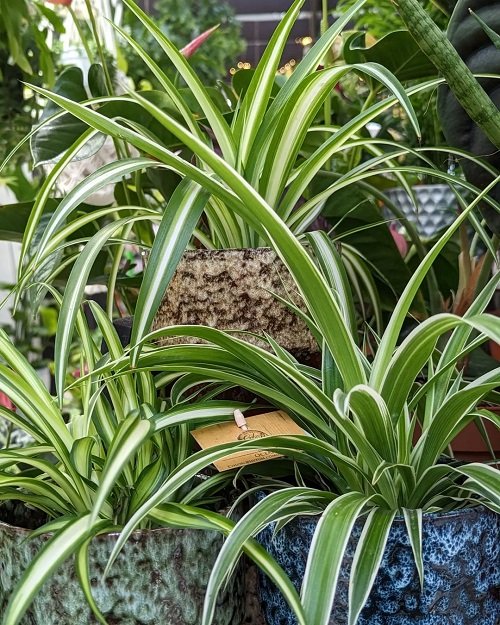
Spider plants prefer bright, indirect sunlight, making them an excellent choice for outdoor environments with partial shade. Choose a location that receives morning sunlight and afternoon shade, or an area with dappled shade throughout the day. Avoid direct sunlight, as this can scorch the leaves and cause them to turn yellow.
Preparing the Soil
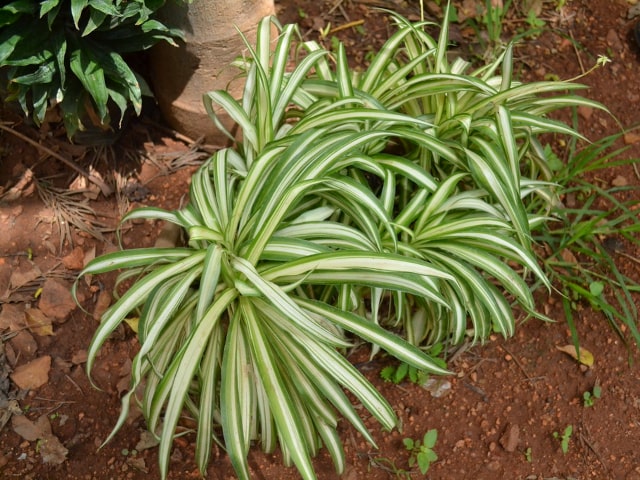
To prepare the soil for spider plants, make sure it is well-draining and rich in organic matter. Spider plants prefer soil that is slightly acidic, with a pH between 6.0 and 6.5. To improve drainage, consider adding perlite or coarse sand to the soil mixture. Mix in a slow-release fertilizer before planting to provide essential nutrients.
Planting Spider Plants
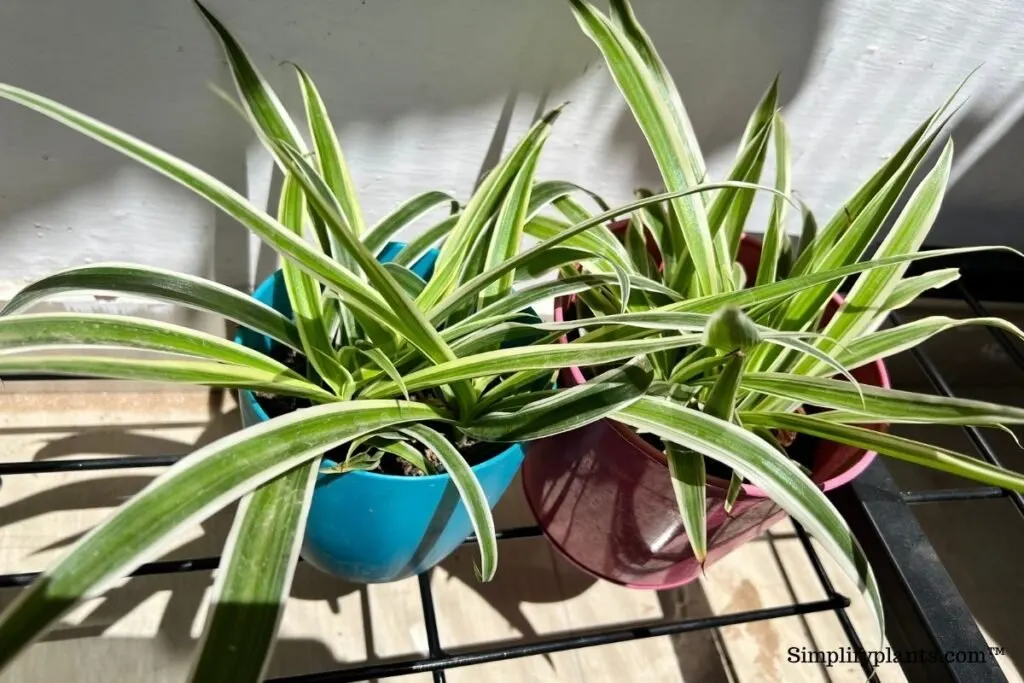
To plant spider plants, dig a hole that is twice the width of the root ball and just as deep. Gently remove the plant from its container, and loosen any tangled roots. Place the plant in the hole and backfill with soil, making sure to tamp itdown firmly around the base of the plant. Water thoroughly to help settle the soil and encourage root growth.
Caring for Spider Plants
Once your spider plants are in the ground, it’s important to care for them properly to ensure healthy growth. Here are some tips:
- Water regularly:
 Spider plants need regular watering, especially during hot, dry weather. Water deeply once a week, rather than frequent shallow watering.
Spider plants need regular watering, especially during hot, dry weather. Water deeply once a week, rather than frequent shallow watering. - Fertilize:
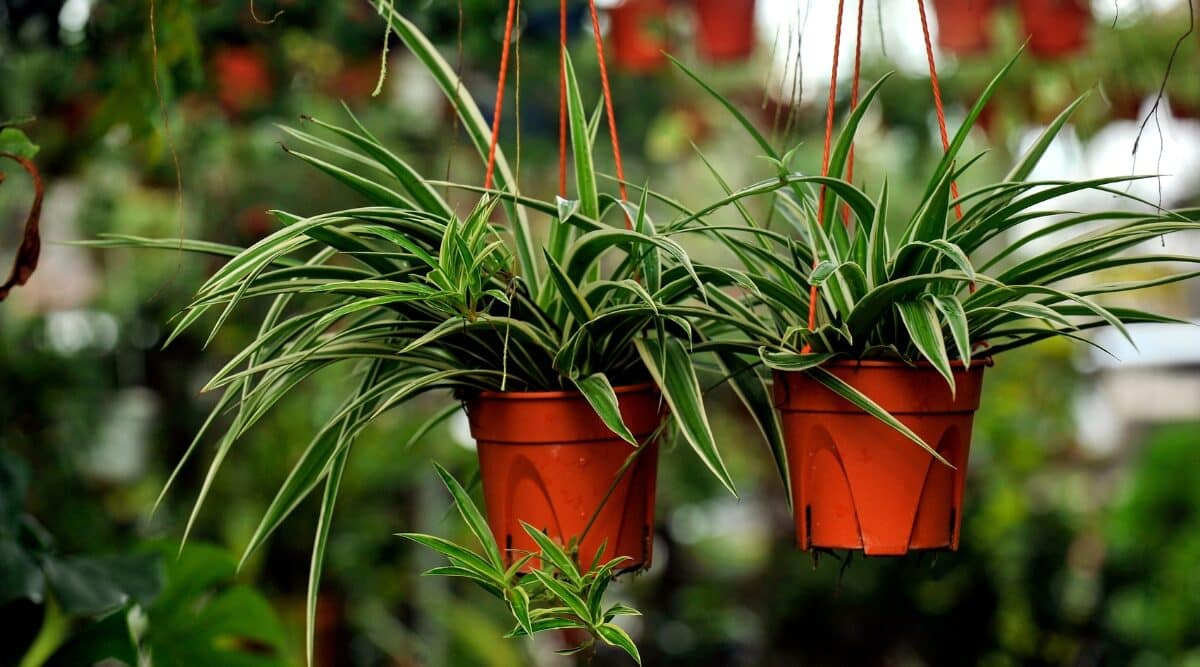 Spider plants benefit from regular fertilization to promote healthy growth and vibrant foliage. Use a balanced fertilizer in the early spring and again in mid-summer.
Spider plants benefit from regular fertilization to promote healthy growth and vibrant foliage. Use a balanced fertilizer in the early spring and again in mid-summer. - Prune:
 Spider plants can become leggy if they don’t receive adequate sunlight. Regular pruning can help maintain their shape and promote new growth. Prune away any dead or yellowing leaves as needed.
Spider plants can become leggy if they don’t receive adequate sunlight. Regular pruning can help maintain their shape and promote new growth. Prune away any dead or yellowing leaves as needed. - Watch for pests and diseases:
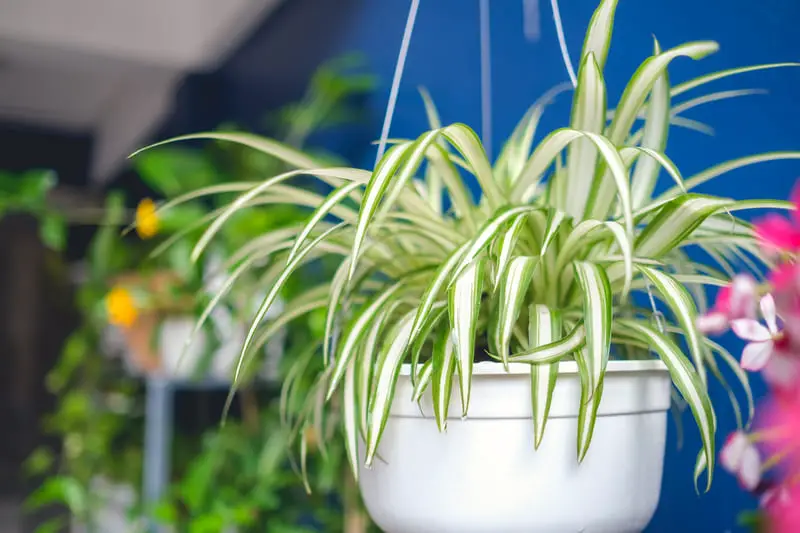 Spider plants are generally hardy, but they can be susceptible to pests like spider mites and mealybugs. Keep an eye out for any signs of trouble and treat promptly with appropriate measures.
Spider plants are generally hardy, but they can be susceptible to pests like spider mites and mealybugs. Keep an eye out for any signs of trouble and treat promptly with appropriate measures.
In conclusion, growing spider plants outdoors can be a rewarding experience if you choose the right location, prepare the soil properly, and provide adequate care. By following these tips, you can enjoy beautiful, healthy spider plants in your outdoor environment.
Source: https://balconygardenweb.com








